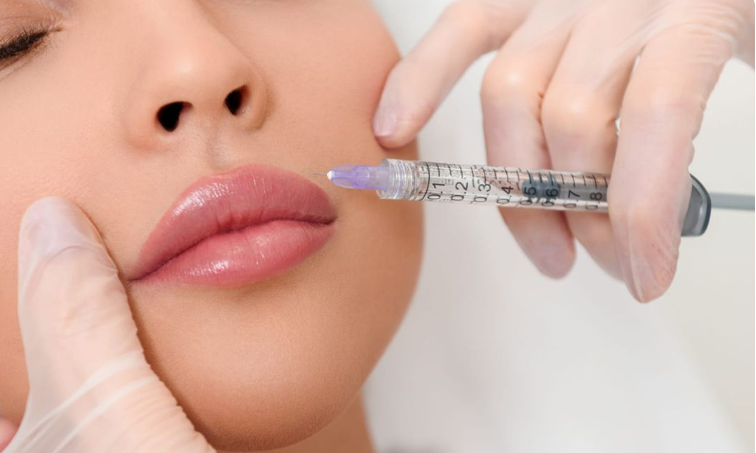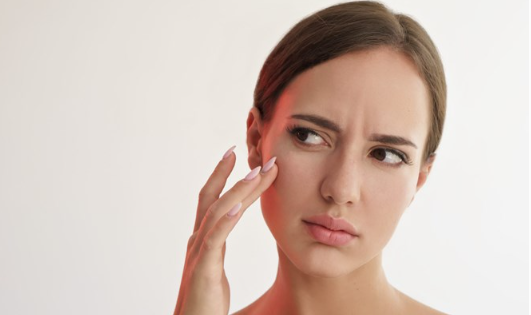What Should You Avoid After Dermaplaning?
If you’re looking for a simple aesthetic treatment that can smooth the appearance of fine lines and acne scarring, then you might have found your miracle treatment with dermaplaning. This non-invasive treatment takes about 30 minutes to complete and can easily be incorporated into your regular skincare routine. At Bel Viso Medical Spa in East Greenwich, RI, we are happy to help you build a treatment plan that will allow you to achieve all of your aesthetic goals easily.
Dermaplaning is one of the more simple aesthetic treatments. You can think of it as something similar to shaving your face, but instead of only removing peach fuzz from your cheeks, this advanced exfoliation treatment can also remove dead skin cells to improve the tone and texture of your skin. Performed with a thin sterile blade, expert dermaplaning treatments can instantly transform your face. But what are the dos and don’ts of your treatment?
What Should You Avoid After Dermaplaning?
Just like any other treatment, you will need to follow certain directions after your appointment so your results can develop ideally. Although this treatment is much simpler than other aesthetic treatments, you will still need to adhere to the post-treatment directions. In general, most of the things you should avoid after this treatment are the same things you would avoid after an intense facial. Some specific rules include:
Sun Exposure
The biggest rule to follow is about avoiding unprotected sun exposure. UV rays in the sun are responsible for the vast majority of visible aging and skin damage thanks to the way free radicals from sunlight affect the behavior of your skin cells. By avoiding sun exposure, particularly during the first two weeks after your treatment, you will be able to protect your newly revealed skin cells from UV damage. This will also help your results last longer.
Another reason to avoid sun exposure is to avoid triggering any melanin production in your skin cells, which means avoiding hyperpigmentation and new blemishes. Many patients are surprised to learn that they should be avoiding more than typical sunlight. Activities such as tanning beds and self-tanning products should also be avoided after dermaplaning treatments.
Extreme Heat
What is extreme heat? In a general sense, it’s any situation or activity that will make you sweat or cause your skin to flush. Your skin will be very sensitive after your treatment, so it’s best to avoid any circumstances that may cause inflammation, redness, or skin irritation. For the most part, this means avoiding steam, saunas, hot tubs, hot showers, very hot days, sunlight, and outdoor activities that cause excessive sweating. You may even want to lay off the cardio for a few days.
Exfoliation
Dermaplaning is an advanced exfoliation technique that removes the surface layer of skin cells from your face to reveal fresh, unblemished skin. The exfoliation of this treatment is so complete that you will be advised to avoid any exfoliating skincare products or habits so you don’t irritate your skin. You should not use any scrubbing cleansers, sugar scrubs, or chemical exfoliants (AHAs, retinoids, and Vitamin C) for at least five to seven days after your treatment.
Chlorine
This rule is especially important if you are a frequent swimmer or hot tub soaker. The chlorine in swimming pools can have a detrimental effect on the quality of your new skin cells, specifically in the sense that your skin will become dry and irritated if you are exposed to chlorine too soon after your treatment. It’s a good rule of thumb to avoid pools and hot tubs for at least a week after your treatment.
Make-Up
The final thing to avoid after your appointment is make-up. You should avoid any cosmetics on the face for at least 24 hours. Even if you are applying make-up with your fingers or fresh applicators, the possibility of bacteria on the skin means you are opening the door for skin irritation. Additionally, a lot of make-up can contain ingredients that may be harsh on new skin cells. It’s best to be bare-faced for at least a day after your treatment.
Frequently asked questions
Promote Better and More Beautiful Skin
The journey to skin perfection is sometimes a trial and error process of skin products and treatments that work to produce your ideal aesthetic goals. However, you can more easily achieve your goals when you start at the root of many of your skin problems – dead skin cells.
By removing dead skin cells from the skin surface, you can improve the tone and texture of your skin, promote the health of your skin, and even enjoy better results from other treatments. If you think dermaplaning is right for you, please contact us at Bel Viso Medical Spa in East Greenwich, RI to schedule your initial appointment today.
Our Recent News & Articles






